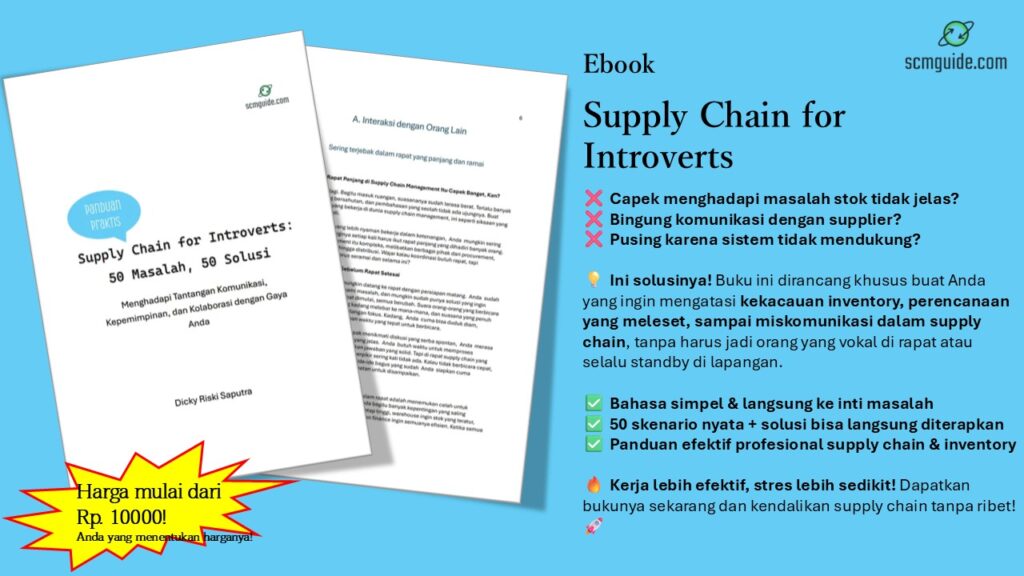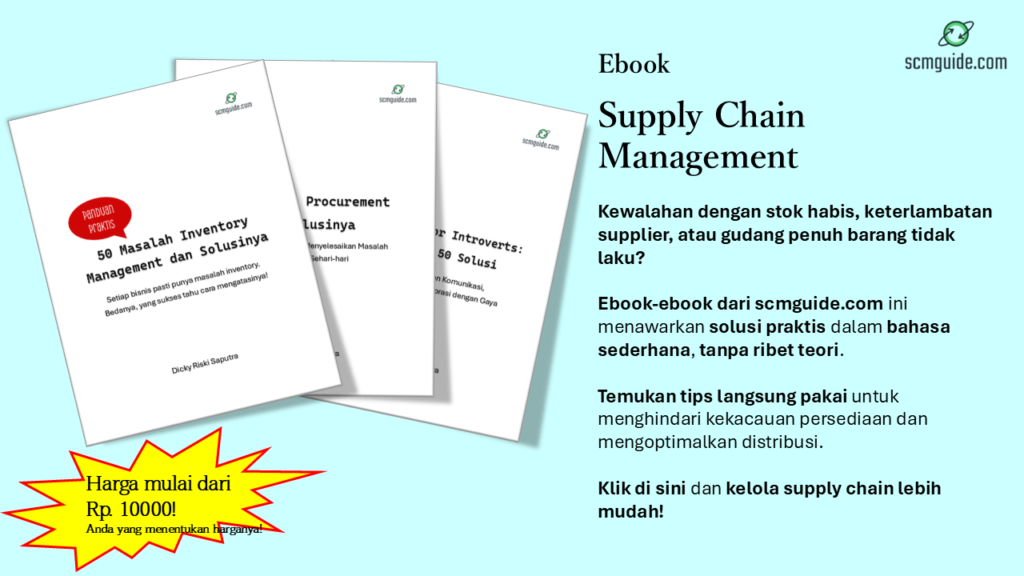Table of Contents
The Frustration of Small POs
You’re running a business, and every order counts. But then it happens—you receive a purchase order from a customer, and the quantity is disappointingly low. At first glance, you’re happy to get a sale. But once you calculate the delivery costs, your excitement turns into concern. Shipping the order as it is would eat into your margins, maybe even turn into a loss.
You know that consistently absorbing these costs isn’t sustainable. Yet, telling customers to place larger orders isn’t always an option. Some simply don’t have the demand to justify bigger purchases. Others may be working with their own cash flow limitations and can’t afford to order in bulk. So, what can you do?
This is a common problem in logistics and supply chain management, but the good news is that there are multiple strategies to mitigate it. You need a mix of operational efficiency, smart logistics planning, and sometimes even re-educating your customers on how to place orders in a way that benefits both parties. Let’s dive into the most effective ways to tackle this challenge.
Before we go further into this topic, don’t forget to follow my LinkedIn account. You’ll get more helpful insights on supply chain management there.
The Power of Order Consolidation
One of the best ways to cut down delivery costs on small POs is through consolidation. Instead of sending out individual shipments, you group multiple orders together into a single delivery. But how do you make this work in a real-world scenario?
One effective strategy is to introduce scheduled delivery days. Instead of shipping out orders immediately, you batch them together based on delivery routes or regions. For example, you might decide that deliveries to a certain city or area will only go out on Mondays and Thursdays. Customers placing small orders will have to wait until the next scheduled shipment. While this might seem inconvenient for some, many businesses already operate on fixed delivery schedules, and customers can adjust accordingly once they get used to the system.
The key to making this work is communication. If customers understand that waiting a couple of days means lower shipping costs (which could translate to lower prices for them), they might be more willing to cooperate. You could even offer incentives like free shipping for orders that fit into your scheduled delivery slots, making it a win-win situation.
Another way to consolidate shipments is by using multi-drop deliveries. If you’re already sending a truck to a particular area for one customer, why not use the same trip to fulfill orders for other nearby customers? This way, you maximize the truck’s capacity and reduce the per-order transportation cost.
However, multi-drop deliveries require strong coordination. You need a robust system to track orders and ensure that they align with your planned routes. This might mean investing in better route optimization software or refining your order processing workflow. If you’re using third-party logistics providers, it may require renegotiating your agreements to ensure they allow for grouped deliveries.
You might also like:
- Why Your Supply Chain Will Never Be Perfect and That’s Okay
- Do You Really Need a 3PL or Can You Handle Logistics In-House?
Negotiating With Customers for a Better Ordering Process
Sometimes, the problem isn’t just about logistics—it’s also about customer expectations and ordering habits. Many customers place small orders because they assume they can get fast delivery with minimal extra cost. This mindset, while understandable, often leads to inefficiencies for suppliers.
One way to address this is by introducing minimum order quantities (MOQ). If customers know they have to order a certain amount to qualify for standard shipping rates or free delivery, they might consolidate their own orders instead of placing multiple small ones. However, setting an MOQ requires careful thought. If it’s too high, you risk alienating customers who genuinely can’t afford to order in bulk. The key is finding the sweet spot where it encourages better ordering behavior without driving customers away.
Another approach is offering discounts or incentives for bulk orders. Instead of enforcing a strict MOQ, you can provide tiered pricing—orders above a certain value get a percentage discount or free shipping. This encourages customers to order more at once, naturally reducing the frequency of small, unprofitable orders.
If your customers rely on just-in-time inventory management and can’t afford to place large orders, you can also offer a subscription-based model or pre-scheduled replenishment orders. This allows them to receive frequent deliveries while ensuring those deliveries are planned in the most efficient way possible.
Optimizing Delivery Routes for Maximum Efficiency
If you’re handling deliveries in-house, another way to reduce costs is by optimizing delivery routes. Poorly planned routes result in wasted fuel, inefficient use of vehicle space, and increased operational costs.
Investing in route optimization software can make a big difference. These tools analyze order locations, traffic conditions, and vehicle capacity to determine the most efficient delivery sequence. Instead of manually planning routes, you get automated suggestions that save time and fuel.

Another tactic is hub-based distribution. If you’re shipping from a central warehouse, consider using regional hubs to reduce last-mile delivery costs. Instead of sending multiple small shipments from your main facility, you can bulk ship to a regional hub and then distribute orders locally.
For companies that rely on third-party logistics providers, it’s also worth exploring different shipping options. Some carriers offer consolidated freight services where multiple shippers share transportation costs. This can be a cost-effective solution, especially for small or irregular shipments.
You might also like:
- Feeling Overwhelmed by Supply Chain Chaos? Here’s How an Action Plan with Milestones Can Save You
- How Complex Is Supply Chain Management Really and Why Does It Seem So Overwhelming?
Smart Inventory Positioning to Reduce Shipping Distance
Sometimes, the issue isn’t just how you’re delivering orders but where you’re delivering them from. If all shipments are coming from a single warehouse, the cost per delivery can be high—especially for small orders traveling long distances.
One way to address this is through decentralized warehousing. By positioning inventory closer to your key customer base, you reduce transportation distances and costs. This could mean setting up your own regional warehouses or partnering with third-party logistics providers who already have distribution centers in strategic locations.
If setting up additional warehouses isn’t feasible, consider using retail locations (if applicable) as fulfillment points. For businesses with multiple stores, shipping from the nearest outlet instead of a central warehouse can significantly cut delivery expenses.
Another approach is to analyze demand patterns. If certain customers or regions consistently place small orders, you might be able to pre-stock some inventory closer to them. This way, instead of shipping small quantities from far away each time, you can fulfill orders locally.
Reducing Packaging Costs and Maximizing Vehicle Space
Delivery costs aren’t just about distance—they’re also about space. If your packaging is inefficient, you could be paying more than necessary for transportation. Large, bulky boxes take up more room in delivery vehicles, limiting how many orders can be shipped per trip.
Optimizing packaging design can help maximize vehicle capacity. If your products can be packed more efficiently—using stackable, modular, or compact packaging—you can fit more into each shipment. This directly reduces the per-unit shipping cost.
Another consideration is whether you’re using the right carriers for different types of shipments. If you’re shipping small but urgent orders, using express couriers might seem expensive, but they could be more efficient than sending a half-empty truck. Conversely, if time sensitivity isn’t an issue, slower but more cost-effective freight options might be a better fit.
Balancing Customer Service and Profitability
At the end of the day, every business needs to find the right balance between keeping customers happy and maintaining profitability. Small orders are sometimes unavoidable, but if they consistently erode margins, it’s a sign that something needs to change.
The key is to shift from a reactive approach—where you simply absorb the cost—to a proactive strategy that includes consolidation, optimized routing, smart inventory positioning, and customer education. Some of these changes might require investment in better logistics management tools, while others depend on clear communication with customers.
What’s important is to stop viewing each order in isolation and start looking at the bigger picture. If you consistently apply these strategies, you’ll not only reduce logistics costs but also create a more efficient, scalable, and profitable delivery operation.
So, what’s your next move? Will you continue to absorb high delivery costs, or will you take control of your logistics and make small orders work in your favor?
I hope you find it helpful!
Please share this article with your colleagues so they can also benefit. For more insights on supply chain management, follow my LinkedIn account. You’re free to use all articles on this blog for any purpose, even for commercial use, without needing to give credit.

 by
by 

